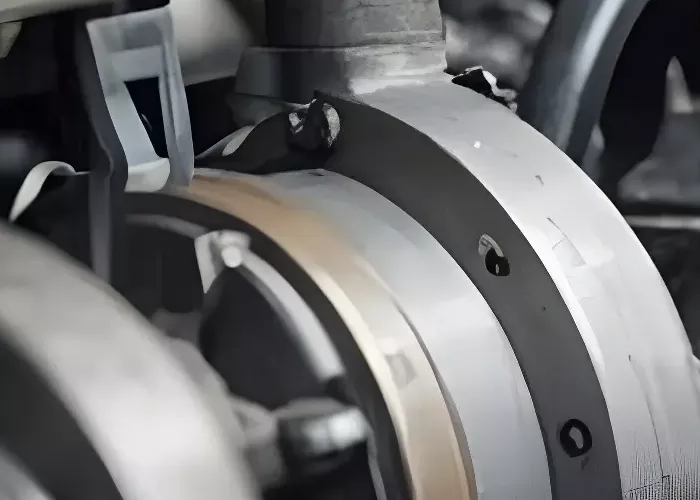The Defence Research and Development Organisation (DRDO) has initiated crucial flight testing of the indigenous Kaveri jet engine in Russia, marking a key milestone in India’s long-standing effort to achieve self-reliance in fighter jet engine technology. The ongoing trials aim to validate the engine’s performance under real-world flight conditions.
According to officials, around 25 hours of testing remain, pending allocation of necessary flight slots. Once completed, the engine will be integrated into a Light Combat Aircraft (LCA) platform to demonstrate its full operational capabilities.
From Setbacks to Strategic Redesign
Initially intended to power the Tejas fighter jet, the Kaveri program faced developmental delays that led to the adoption of the American GE-404 engine for operational deployment. Despite this, DRDO and its Gas Turbine Research Establishment (GTRE) have continued refining the Kaveri engine, broadening its intended applications beyond Tejas.
The current iteration of the Kaveri is a low-bypass, twin-spool turbofan engine with a thrust output of 80 kilo Newtons (kN). It includes modern features such as twin-lane Full Authority Digital Engine Control (FADEC) and flat-rating technology, which enables consistent performance across high-speed and high-temperature conditions.
DRDO now envisions the Kaveri powering India’s next-generation unmanned aerial vehicles (UAVs), including stealth drones, as the engine undergoes further optimization.
Future-Ready: The Kaveri 2.0 and AMCA Integration
GTRE is seeking funding to develop a next-generation Kaveri 2.0 variant with increased thrust of up to 90 kN. This version is slated for potential integration into the Tejas Mark 1A fighter post-2035, replacing the imported GE-404.
Simultaneously, DRDO is working with international partners to co-develop advanced propulsion systems for the upcoming Advanced Medium Combat Aircraft (AMCA) Mark 2—a fifth-generation stealth fighter under development. This is part of India’s larger goal to build an indigenous fighter fleet including LCA Mark 1A, LCA Mark 2, and the AMCA.
Breaking into the Elite Jet Engine Club
India’s entry into the elite circle of countries capable of independently developing fighter jet engines would be a transformative leap. Presently, only the United States, the United Kingdom, France, and Russia have full-scale jet engine development capabilities. Although China has invested in indigenous programs, it remains reliant on Russian engines for many of its fighter aircraft due to performance shortfalls.
Jet engine development represents one of the most technically demanding feats in aerospace engineering. A single engine for an aircraft like the Boeing 747 contains over 40,000 components and operates at temperatures approaching 1,400°C—just shy of iron’s melting point. Creating engines that can withstand these extremes requires cutting-edge metallurgy, precision manufacturing, and decades of R&D.
Strategic Implications for Indian Defense
If the Kaveri engine passes its flight evaluations and progresses to integration and mass production, it will significantly reduce India’s dependence on foreign suppliers and solidify its position in global military aviation. It would also serve as a key capability underpinning India’s ambition to become a leading defense technology power.
The road to indigenous propulsion is long and complex, but the Kaveri program’s latest developments suggest that India is inching closer to joining the ranks of global aerospace leaders.

